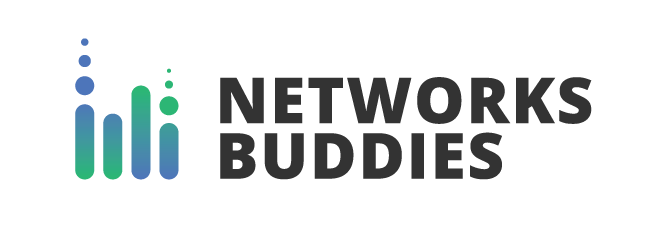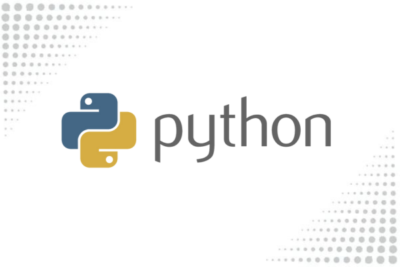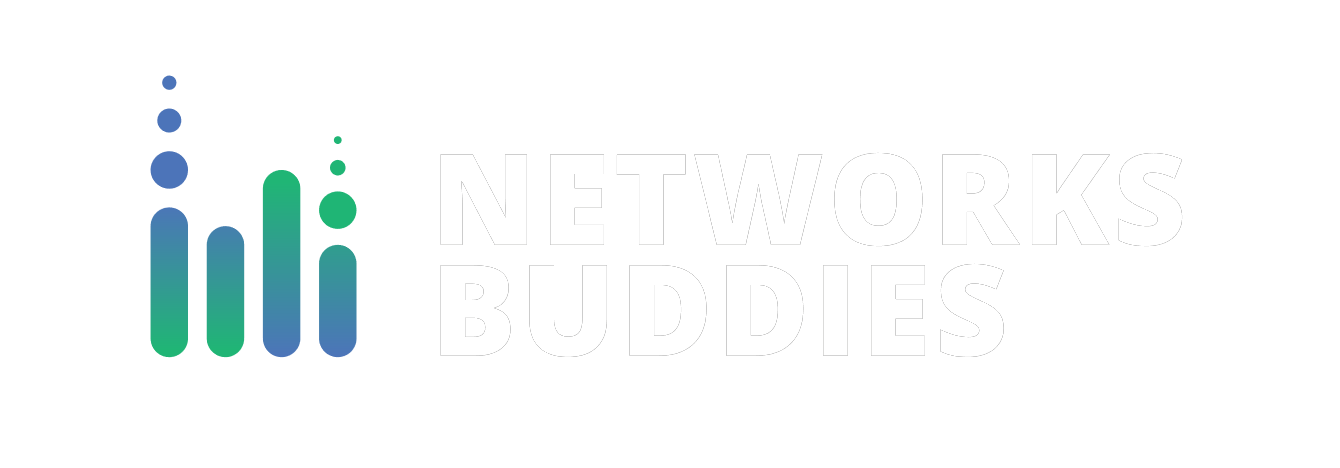Python is a versatile and widely-used programming language known for its simplicity and readability. Here are some key topics related to Python
- Syntax and Basic Concepts
- Variables, data types (integers, floats, strings, etc.), and operators
- Control flow structures (if statements, loops, etc.)
- Functions and modules
- Data Structures
- Lists, tuples, sets, and dictionaries
- Working with collections (e.g., iterating over lists, manipulating dictionaries)
- Object-Oriented Programming (OOP)
- Classes and objects
- Inheritance, polymorphism, and encapsulation
- Special methods (e.g.,
__init__,__str__,__repr__)
- File Handling
- Reading from and writing to files
- Working with different file formats (e.g., CSV, JSON)
- Error Handling
- Exception handling with try-except blocks
- Raising exceptions and creating custom exception classes
- Functional Programming
- Lambda functions and higher-order functions
- Map, filter, and reduce functions
- Modules and Packages
- Creating and importing modules
- Using third-party packages from PyPI (Python Package Index)
- Concurrency and Parallelism
- Threading and multiprocessing
- Asynchronous programming with asyncio and async/await
- Testing
- Unit testing with the
unittestorpytestframeworks - Writing test cases and test suites
- Unit testing with the
- Web Development
- Web frameworks like Flask or Django
- Handling HTTP requests and responses
- Templating engines, routing, and middleware
- Data Science and Machine Learning
- NumPy and pandas for data manipulation
- SciPy for scientific computing
- Scikit-learn for machine learning algorithms
- GUI Development
- Tkinter for building desktop applications
- Other frameworks like PyQt or wxPython
- Deployment and Packaging
- Creating standalone executables with PyInstaller or cx_Freeze
- Building and distributing packages with setuptools or poetry
- Best Practices and Coding Style
- PEP 8 guidelines for code formatting
- Code readability and maintainability
- Documentation using docstrings



